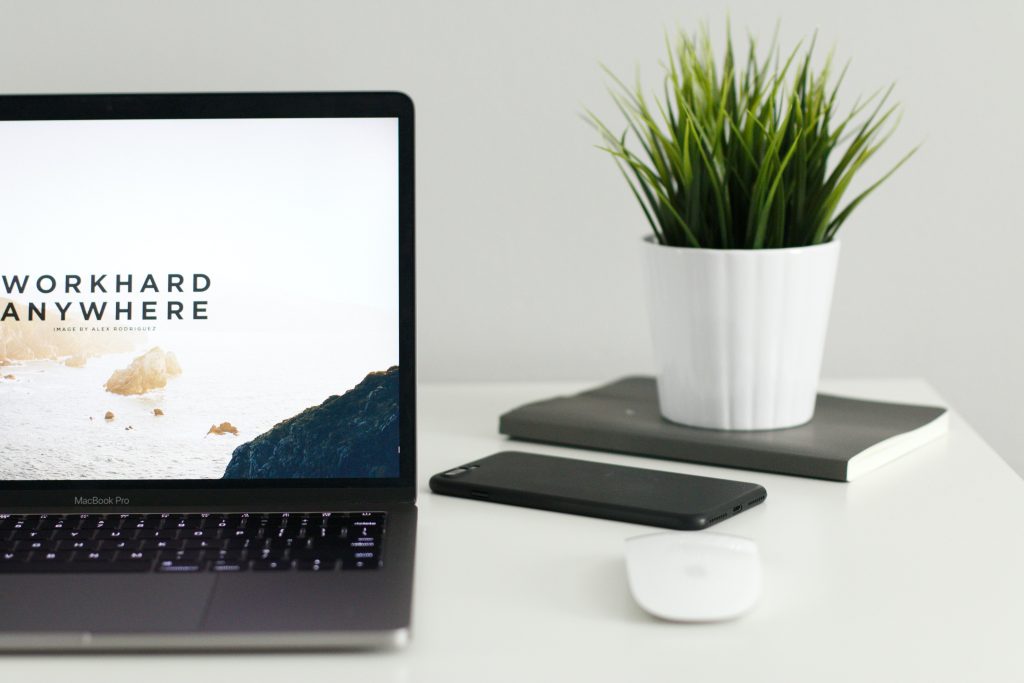For employers and office managers, there’s no doubt that hybrid working can present some challenges. Or to put it more directly, hybrid working can require a migraine-inducing juggle of video calls and carrying round a mental spreadsheet of who is in that day. No wonder some are quietly longing for simpler days when everyone was in the same building.
Ah, but from an employee’s viewpoint, what’s not to like about hybrid working? Surely, this is compromise Nirvana, that sweet spot with all the advantages of both home and office working? Once the hybrid schedule is in place, employees will thrive under the new conditions, enjoying a saner, healthier work-life interaction.
Or so you might assume. However, our recent research has revealed a much more complex, nuanced picture —and it’s one which every organisation using hybrid work schedules needs to consider.
In a major research effort, our team gathered a frankly terrifying amount of data, from dozens of hybrid and office workers (for some parameters, we also looked at home workers). Using mobile tech, our in-house software and industry-leading expertise, we were able to assemble thousands of behavioural, cognitive and physiological measurements. But in addition to this objective data, we also wanted to know what hybrid working meant for the people experiencing it. So we asked them, using an array of self-assessment scales.
To see what hybrid working means for you, complete our Hybrid Working Calculator. But for the I’ve-got-another-meeting-in-five-minutes version, we offer three essential hybrid working insights.
1. Look beyond the headline figures.
Our first bout of number crunching showed that for the workforce as a whole, hybrid schedules can have positive effects on physical and mental health. Compared to their office-based peers, hybrid workers on average were more active, took more exercise, slept better, and worked in more comfortable levels of noise. They also reported feeling, again on average, 14.9% happier, 7% less stressed, 10% more productive, and 8% more positive about their workplace.
But dig down beyond the means and medians and things get messier. Take the amount of daily activity employees are doing – a key predictor of long-term physical and mental health. Hybrid workers average 4.5% more steps than their office peers, and that’s great. However, the range of activity within the hybrid workforce — the difference between the least active and most active employees — is 340% greater. In other words, although some employees are far more active on a hybrid schedule than they would be at the office, many are less active.
We saw this greatly increased variation in almost all the areas we investigated. Crucially, this includes mental health —for example, hybrid workers show a 233% greater range of stress scores.
What this tells us is that hybrid schedules, at least in their current form, are definitely not working for a percentage of the workforce.
2. Organisations need better data.
To support those employees who are not thriving on a hybrid schedule, managers must first know who they are. However, our findings suggest this may be harder than it seems. A fortnightly catch-up with a line manager, for example, is unlikely to pick up on shifts in health-affecting behaviour, not least because many employees may be unaware of these.
What’s needed is something more systematic and holistic. A data gathering process, such as the one we used in our research, can provide a solid, non-judgmental start point for discussing hybrid schedules with employees.
3. Use flexible, people-centered schedules.
Our third conclusion won’t be a surprise: hybrid schedules work best when they recognise individual needs – in other words, when they are flexible and person-centered.
And yes, we understand if this raises a groan: as we’ve noted, hybrid schedules can already be a headache for time-poor employers and managers. Trying to personalise these adds yet another layer of complexity. But the reality is that hybrid working is here to stay, and as a society, we now understand just how much work Impacts mental and physical health. If organisations want happy, productive employees (who aren’t looking to jump ship!), they must find ways of making hybrid schedules work for as many as possible.
The good news is that outside expertise can really help with this transition. Our own consultancy, ART Health, has oodles of experience in helping organisations gather all the information they need to create great hybrid strategies. In fact, every week— and with apologies for the cheesiness — we help companies embrace their hybrid future.
To find out more about how hybrid working can affect your business, try out our calculator or contact our team.

